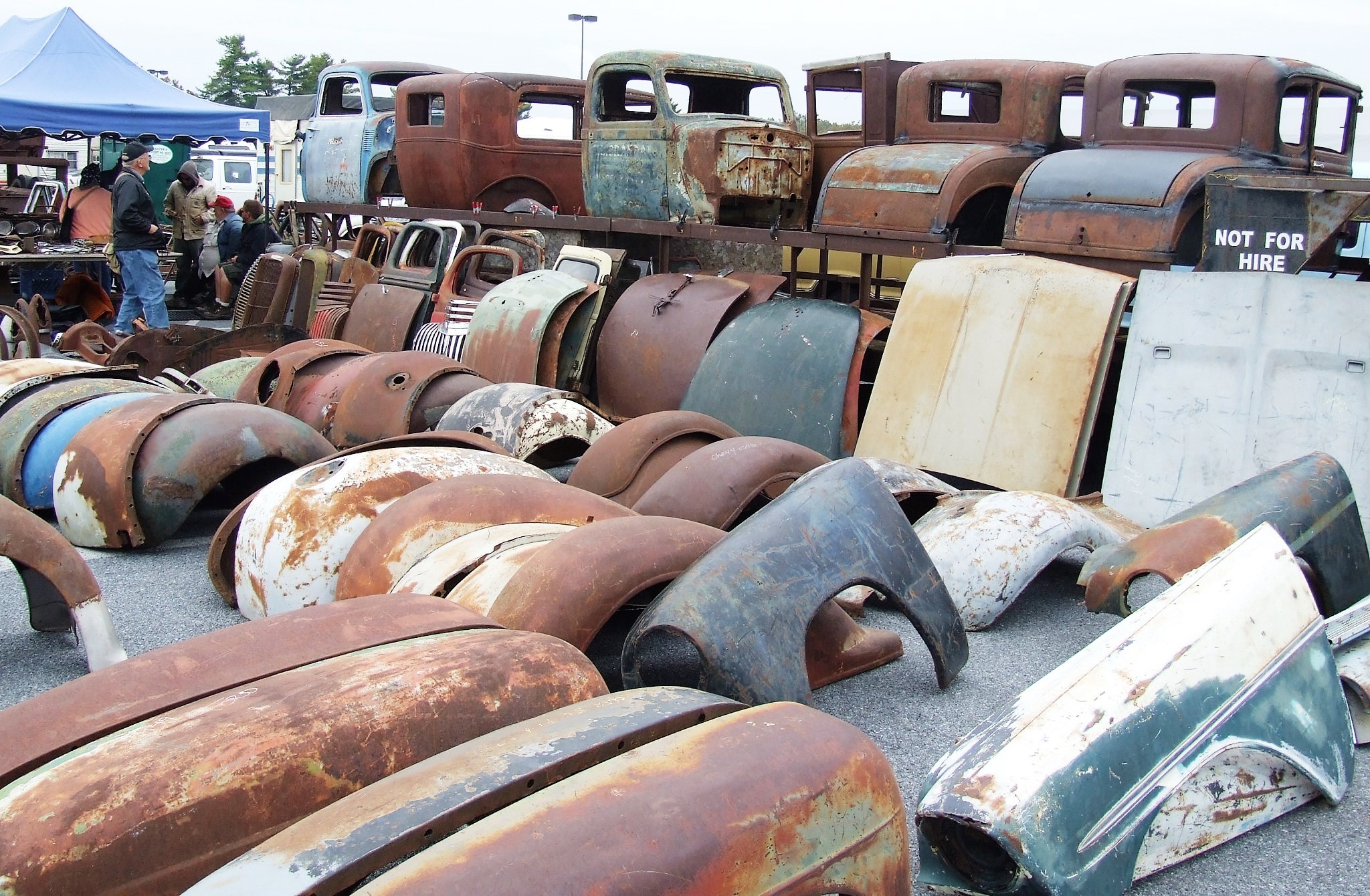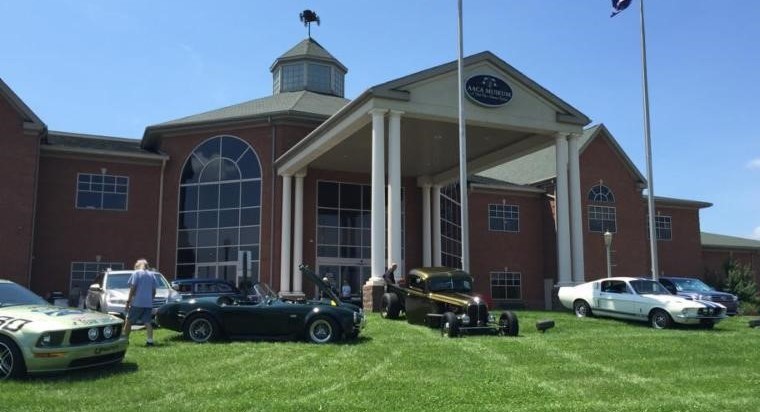
Should we care that the Antique Automobile Club of America and the AACA Museum planned merger into one entity failed? There is a fair amount of speculation as to why the merger hit the rocks. Neither side has been particularly forthcoming with details to help us understand the issues.
I thought long and hard about this soap opera and its real impact on you and me as collectors. Despite being the largest old car club in the world, with approximately 65,000 members, the AACA represents a relatively small percentage of all car collectors. By the estimates of the AACA, just 10 percent of members are active in the club to the extent they participate on some regular basis or are involved with club operations. From the perspective of many, this is an internal spat that only impacts AACA members and even then most will be unfazed.
There are some good arguments for and against a merger, mostly revolving around finances. We could debate the merits or negatives of a club supporting a rather expensive endeavor such as a museum versus being just a car club and taking care of its members. But again, do these rather esoteric debates really matter to most of us?
However, there are some highly speculative long-term issues at stake. I recently attended the Historic Vehicle Association academic conference titled, “Putting Preservation on the Road, Protecting our overlooked Automotive Heritage in the 21st Century.” The conference brought together museum professionals, academics from fields ranging from historians to archeologists to architects, and car restorers, collectors and other interested individuals to discuss the long-term preservation of our automotive history. Needless to say, the group spent a lot of time discussing the future of museums and the role they will play in the preservation of our automotive heritage. I don’t recall much discussion on the likely role of car clubs.
The sad reality is the participants in the conference recognize that 50-100 years into the future, the automobile or, more correctly, our personal transportation is going to look vastly different than what we recognize today. We can foresee a day when owning cars, or at least owning and operating gasoline-powered cars, will be severely limited if not effectively gone. Museums are seen as the best way to preserve that huge part of our history, which is the car as we know it today.

But what will become of the car clubs? Do you need car clubs when you can’t drive, or only can drive on a very restricted basis, the cars that the clubs are built around? Will people collect cars that they cannot drive? Will collecting cars become just like collecting fine paintings, something to be admired but interacted with sparingly? Will car collecting become nothing more than a passion and calling for the wealthiest, the few who can afford to care for and enjoy expensive historic artifacts? Will clubs morph into organizations of passionate people who enjoy their cars through the collection of facts, statistics and shared experience, much like baseball fans? Does it make long-term sense to couple a car club with a museum?
The best thing I can say about these speculative issues is that I won’t live to see it happen and probably neither will anyone else reading this. Let the AACA and the museum go their separate ways. I will still go to the AACA museum or whatever it will be called going forward. I will also still attend AACA events and not lose one moment of sleep over the entire issue. 





